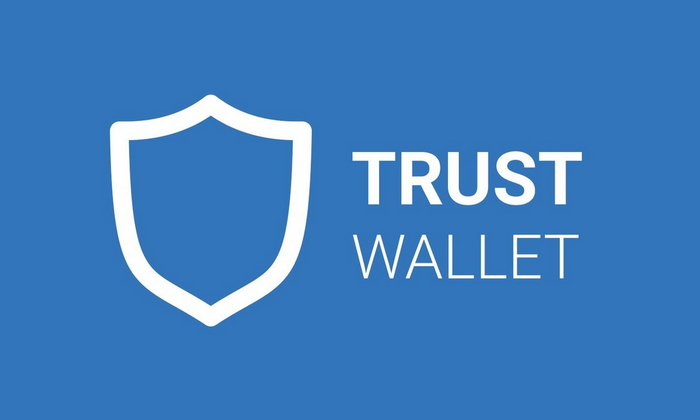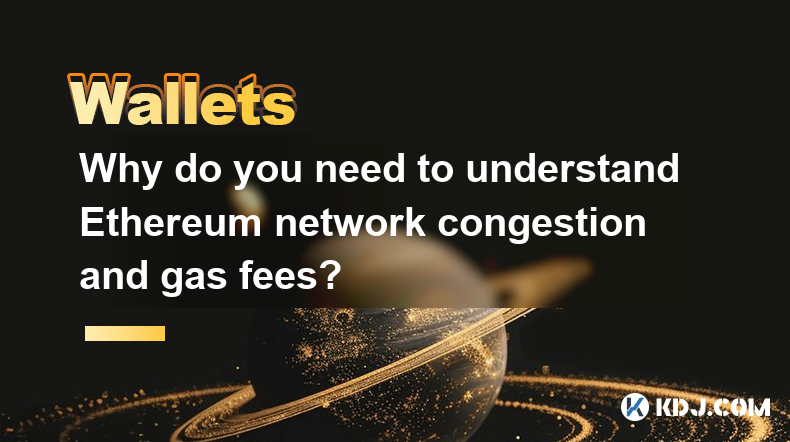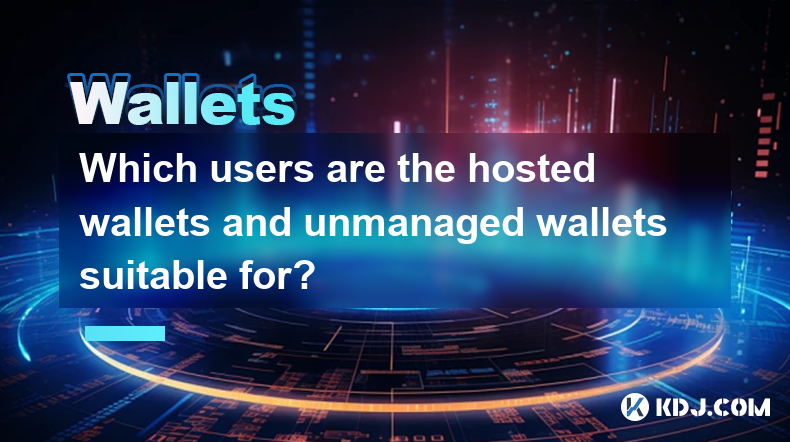-
 Bitcoin
Bitcoin $98,563.3700
2.37% -
 Ethereum
Ethereum $2,749.2611
1.06% -
 XRP
XRP $2.7024
1.07% -
 Tether USDt
Tether USDt $1.0006
0.08% -
 BNB
BNB $656.7295
0.89% -
 Solana
Solana $174.6755
3.82% -
 USDC
USDC $1.0002
0.03% -
 Dogecoin
Dogecoin $0.2544
0.74% -
 Cardano
Cardano $0.8071
6.11% -
 TRON
TRON $0.2459
1.07% -
 Chainlink
Chainlink $18.3277
2.29% -
 Sui
Sui $3.4607
9.15% -
 Stellar
Stellar $0.3445
2.95% -
 Avalanche
Avalanche $25.1740
6.23% -
 Litecoin
Litecoin $129.4629
-5.15% -
 Hedera
Hedera $0.2211
1.80% -
 Shiba Inu
Shiba Inu $0.0...01555
1.21% -
 Toncoin
Toncoin $3.6296
2.22% -
 UNUS SED LEO
UNUS SED LEO $9.7073
1.09% -
 Hyperliquid
Hyperliquid $24.6402
1.56% -
 Polkadot
Polkadot $5.0342
3.36% -
 MANTRA
MANTRA $7.5693
-0.51% -
 Bitcoin Cash
Bitcoin Cash $325.1433
1.02% -
 Ethena USDe
Ethena USDe $0.9999
0.10% -
 Uniswap
Uniswap $9.3158
-2.10% -
 Bitget Token
Bitget Token $4.5131
-6.93% -
 Dai
Dai $1.0002
0.01% -
 Monero
Monero $230.1744
-4.44% -
 NEAR Protocol
NEAR Protocol $3.4677
9.97% -
 Pepe
Pepe $0.0...09653
3.42%
can i buy crypto with trust wallet
To set up your Trust Wallet, download the app from the App Store or Google Play, create a new wallet or import an existing one, and set a strong password.
Nov 11, 2024 at 05:34 pm

How to Buy Crypto with Trust Wallet
Step 1: Set Up Your Trust Wallet
Trust Wallet is a non-custodial cryptocurrency wallet that allows you to securely store, send, and receive a wide range of digital assets. To set up your Trust Wallet, follow these steps:
- Download and install the Trust Wallet app from the App Store or Google Play.
- Create a new wallet or import an existing wallet using your recovery phrase.
- Set a strong password for added security.
- Write down and securely store your recovery phrase, as this is the only way to recover your wallet if it is lost or stolen.
Step 2: Add Smart Chain Network to Trust Wallet
To add Smart Chain network to Trust Wallet, follow these steps:
- Open the Trust Wallet app and go to "Settings."
- Scroll down and select "Networks."
- Tap on the "Add Network" button.
Enter the following details:
- Network Name: Smart Chain
- RPC URL: https://bsc-dataseed1.binance.org/
- Chain ID: 56
- Symbol: BNB
- Tap on the "Save" button.
Step 3: Fund Your Wallet
To fund your Trust Wallet, you can either buy crypto directly through the app or transfer funds from another wallet.
a) Buying Crypto Directly:
- Open the Trust Wallet app and go to the "Buy" tab.
- Select the cryptocurrency you want to buy.
- Enter the amount of crypto you want to buy.
- Choose your preferred payment method (e.g., credit/debit card, Apple Pay).
- Follow the on-screen instructions to complete the purchase.
b) Transferring Funds from Another Wallet:
- Open the Trust Wallet app and go to the "Receive" tab.
- Copy the wallet address for the cryptocurrency you want to receive.
- Open the wallet that holds the crypto you want to transfer.
- Go to the "Send" tab and enter the Trust Wallet address as the recipient.
- Enter the amount of crypto you want to transfer.
- Follow the on-screen instructions to complete the transfer.
Step 4: Buy Crypto on PancakeSwap
PancakeSwap is a decentralized exchange (DEX) that allows you to trade cryptocurrencies directly from your Trust Wallet. To buy crypto on PancakeSwap, follow these steps:
- Open the Trust Wallet app and go to the "DApps" tab.
- Search for "PancakeSwap" and open the app.
- Connect your Trust Wallet to PancakeSwap.
- Select the crypto you want to buy.
- Enter the amount of crypto you want to buy.
- Tap on the "Swap" button.
- Confirm the transaction and pay the transaction fees.
Step 5: Store Your Crypto Safely
Once you have bought your crypto, it is important to store it safely. Here are some tips:
- Keep your recovery phrase secret and secure.
- Enable two-factor authentication on your exchange accounts.
- Use a hardware wallet for additional security.
- Consider using a multi-signature wallet for transactions requiring multiple approvals.
- Only access your crypto wallets on trusted devices.
Disclaimer:info@kdj.com
The information provided is not trading advice. kdj.com does not assume any responsibility for any investments made based on the information provided in this article. Cryptocurrencies are highly volatile and it is highly recommended that you invest with caution after thorough research!
If you believe that the content used on this website infringes your copyright, please contact us immediately (info@kdj.com) and we will delete it promptly.
- Bitcoin Prepares For An Aggressive Move, Which Way Will It Go?
- 2025-02-21 04:35:22
- Whales Move, Price Skyrocket
- 2025-02-21 04:35:22
- BTFD Coin: The Best Meme Coin Presale to Buy Now With Insane Staking Rewards
- 2025-02-21 04:35:22
- BTFD Coin: The Staking Beast Leading the New Meme Coin Charge
- 2025-02-21 04:35:22
- Pi Network Launches Open Network, Reaches 70 Million Users Worldwide
- 2025-02-21 04:35:22
- SHIB and WIF Face Market Slump as 1FUEL Presale Skyrockets to $2.2M
- 2025-02-21 04:35:22
Related knowledge

Why do you need to understand Ethereum network congestion and gas fees?
Feb 21,2025 at 04:48am
Key PointsUnderstanding Ethereum Network Congestion and Gas FeesGas Fees ExplainedFactors Affecting Network CongestionStrategies for Minimizing Gas FeesImpact of Ethereum UpgradesUnderstanding Ethereum Network Congestion and Gas FeesThe Ethereum network is a decentralized platform that hosts a vast ecosystem of decentralized applications (dApps), non-fu...

Which users are the hosted wallets and unmanaged wallets suitable for?
Feb 21,2025 at 12:00am
Key PointsDefinition and Characteristics of Hosted Wallets and Unmanaged WalletsAdvantages and Disadvantages of Hosted Wallets and Unmanaged WalletsDetermining Suitability for Hosted Wallets and Unmanaged WalletsExamples of Hosted Wallets and Unmanaged WalletsFrequently Asked Questions and AnswersHosted WalletsDefinition: A hosted wallet is a cryptocurr...

Ethereum Account Types and Characteristics
Feb 21,2025 at 12:07am
Key Points of Ethereum Account Types and CharacteristicsTypes of Ethereum Accounts: External (user-created), Contract (code-based), and System (pre-defined).External Accounts: Managed with private keys, own Ether, and interact with contracts.Contract Accounts: Created using Solidity code, execute specific functions, and can own Ether.System Accounts: Bu...

What is identity authentication and key management
Feb 21,2025 at 04:42am
Key Points:Understanding Identity Authentication and Key Management in CryptocurrencyRole of Identity Authentication in Cryptocurrency TransactionsEssential Key Management Principles in Cryptocurrency SecurityBest Practices for Secure Key Management in Cryptocurrency WalletsCommon Authentication Methods in Cryptocurrency ExchangesInnovative Authenticati...

The impact of EIP-4844 (Proto-danksharding) on wallets
Feb 20,2025 at 09:01pm
Key PointsEIP-4844, also known as Proto-Danksharding, is a significant upgrade to the Ethereum blockchain that introduces a new data storage and retrieval scheme called "sharding."Sharding involves splitting the Ethereum blockchain into smaller, more manageable pieces called "shards," which are stored and processed independently by different nodes.This ...

What is the role of oracle in DeFi
Feb 20,2025 at 11:42pm
Key PointsOracles provide real-world data and information to DeFi applications.They ensure the accuracy and verifiability of data used in DeFi protocols.Types of oracles include centralized, decentralized, and hybrid models.Choosing the right oracle for a specific DeFi application is crucial.Factors to consider when choosing an oracle include security, ...

Why do you need to understand Ethereum network congestion and gas fees?
Feb 21,2025 at 04:48am
Key PointsUnderstanding Ethereum Network Congestion and Gas FeesGas Fees ExplainedFactors Affecting Network CongestionStrategies for Minimizing Gas FeesImpact of Ethereum UpgradesUnderstanding Ethereum Network Congestion and Gas FeesThe Ethereum network is a decentralized platform that hosts a vast ecosystem of decentralized applications (dApps), non-fu...

Which users are the hosted wallets and unmanaged wallets suitable for?
Feb 21,2025 at 12:00am
Key PointsDefinition and Characteristics of Hosted Wallets and Unmanaged WalletsAdvantages and Disadvantages of Hosted Wallets and Unmanaged WalletsDetermining Suitability for Hosted Wallets and Unmanaged WalletsExamples of Hosted Wallets and Unmanaged WalletsFrequently Asked Questions and AnswersHosted WalletsDefinition: A hosted wallet is a cryptocurr...

Ethereum Account Types and Characteristics
Feb 21,2025 at 12:07am
Key Points of Ethereum Account Types and CharacteristicsTypes of Ethereum Accounts: External (user-created), Contract (code-based), and System (pre-defined).External Accounts: Managed with private keys, own Ether, and interact with contracts.Contract Accounts: Created using Solidity code, execute specific functions, and can own Ether.System Accounts: Bu...

What is identity authentication and key management
Feb 21,2025 at 04:42am
Key Points:Understanding Identity Authentication and Key Management in CryptocurrencyRole of Identity Authentication in Cryptocurrency TransactionsEssential Key Management Principles in Cryptocurrency SecurityBest Practices for Secure Key Management in Cryptocurrency WalletsCommon Authentication Methods in Cryptocurrency ExchangesInnovative Authenticati...

The impact of EIP-4844 (Proto-danksharding) on wallets
Feb 20,2025 at 09:01pm
Key PointsEIP-4844, also known as Proto-Danksharding, is a significant upgrade to the Ethereum blockchain that introduces a new data storage and retrieval scheme called "sharding."Sharding involves splitting the Ethereum blockchain into smaller, more manageable pieces called "shards," which are stored and processed independently by different nodes.This ...

What is the role of oracle in DeFi
Feb 20,2025 at 11:42pm
Key PointsOracles provide real-world data and information to DeFi applications.They ensure the accuracy and verifiability of data used in DeFi protocols.Types of oracles include centralized, decentralized, and hybrid models.Choosing the right oracle for a specific DeFi application is crucial.Factors to consider when choosing an oracle include security, ...
See all articles




















































